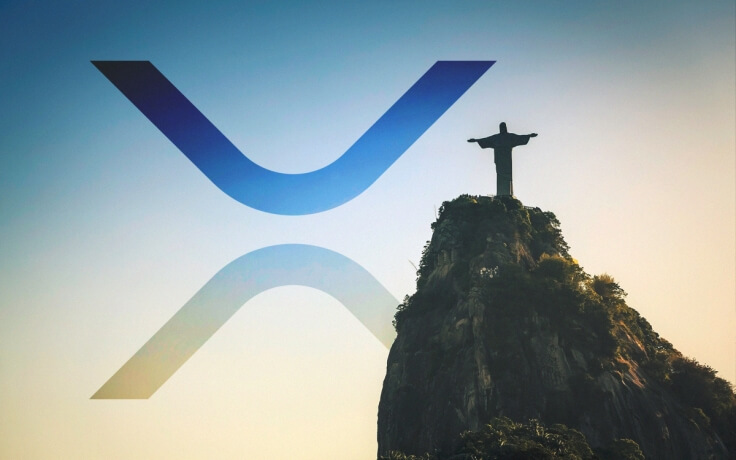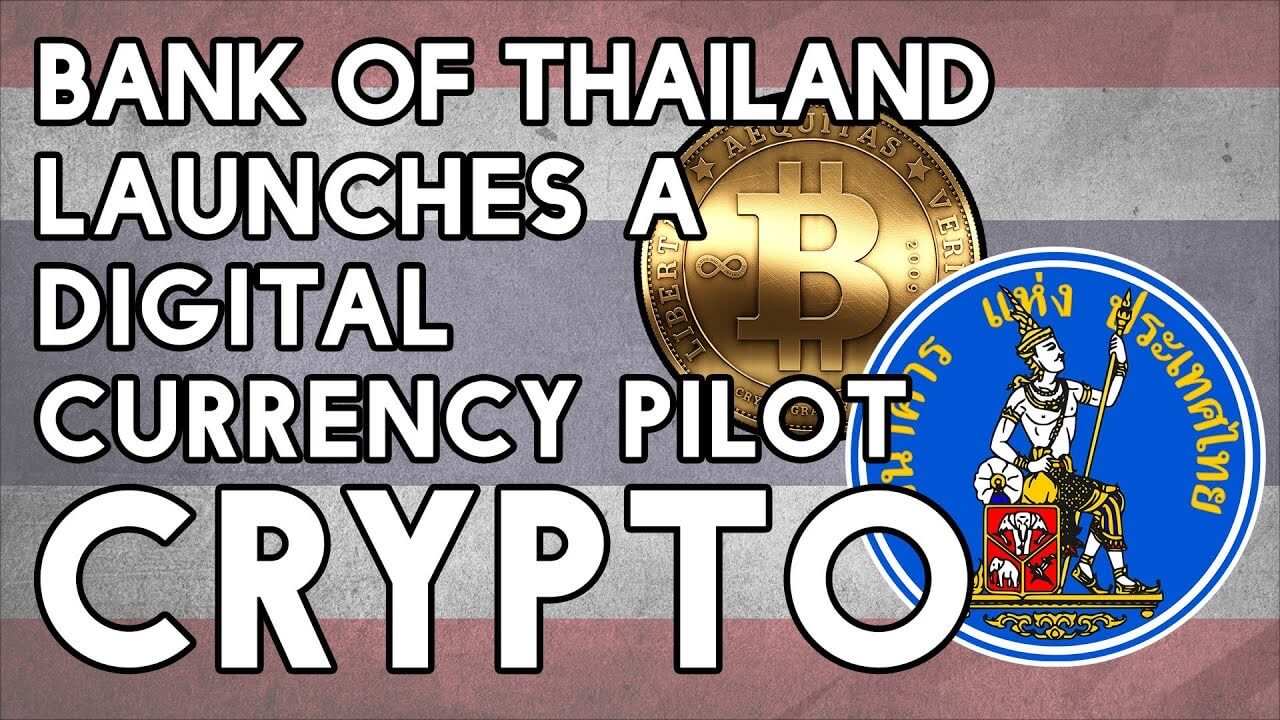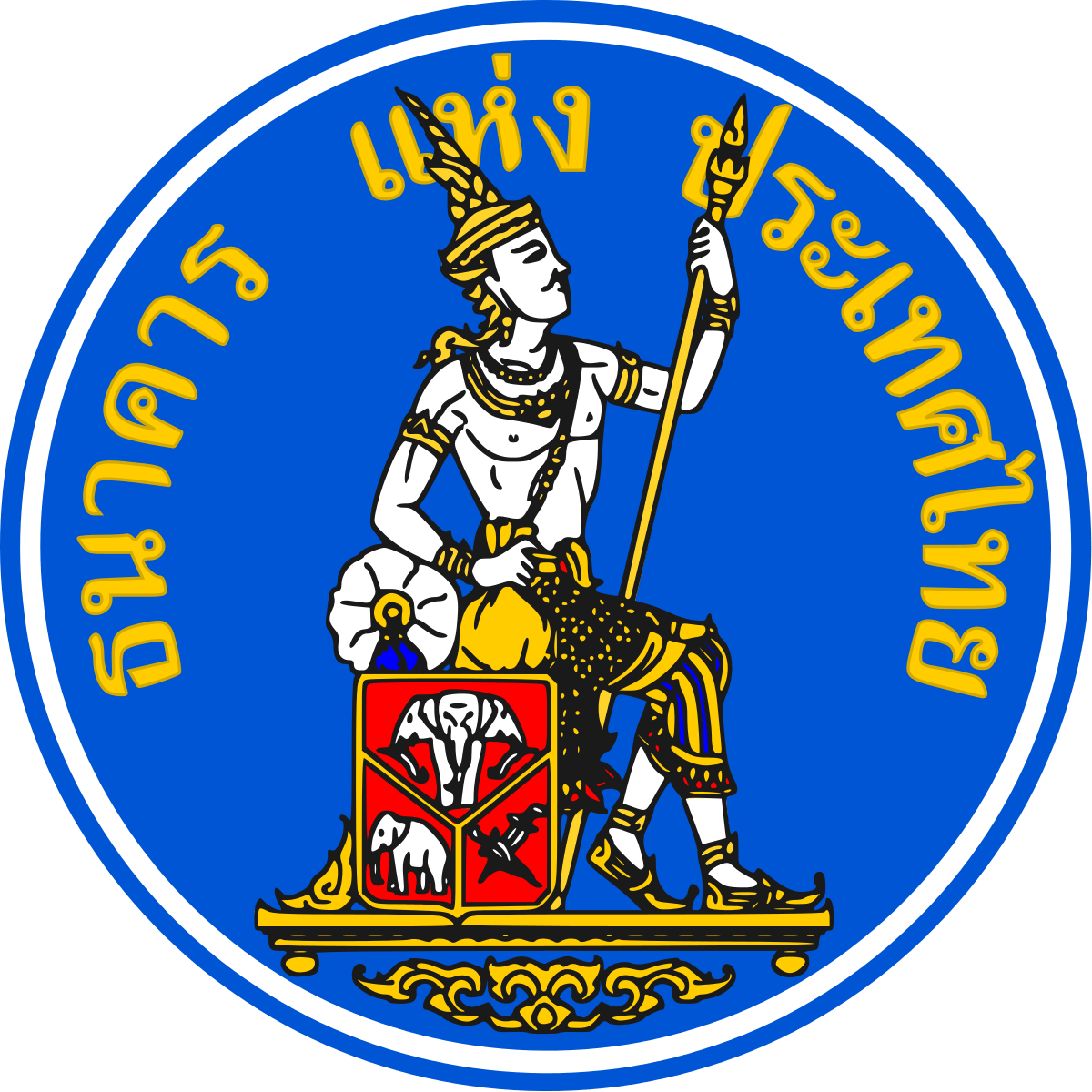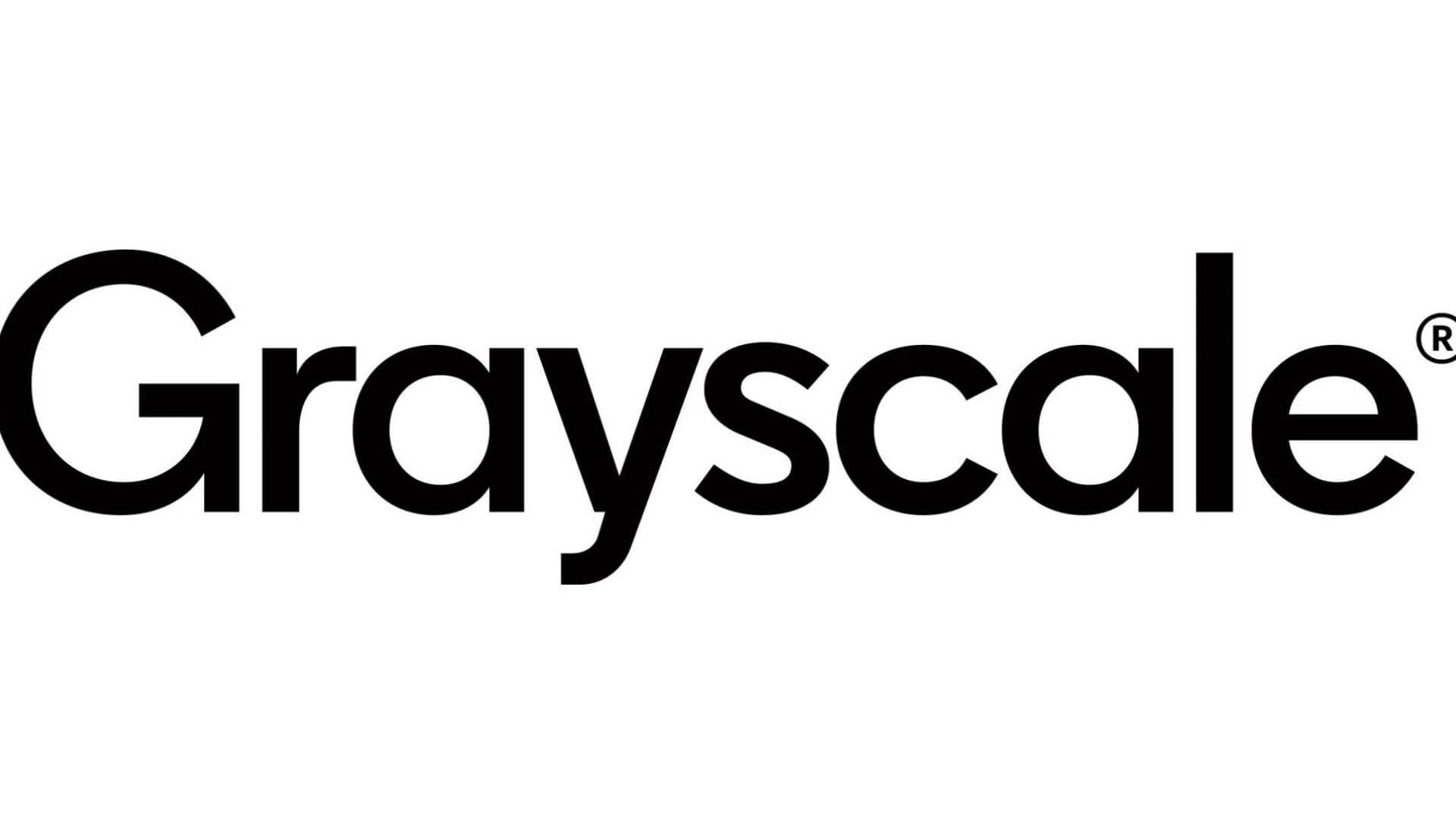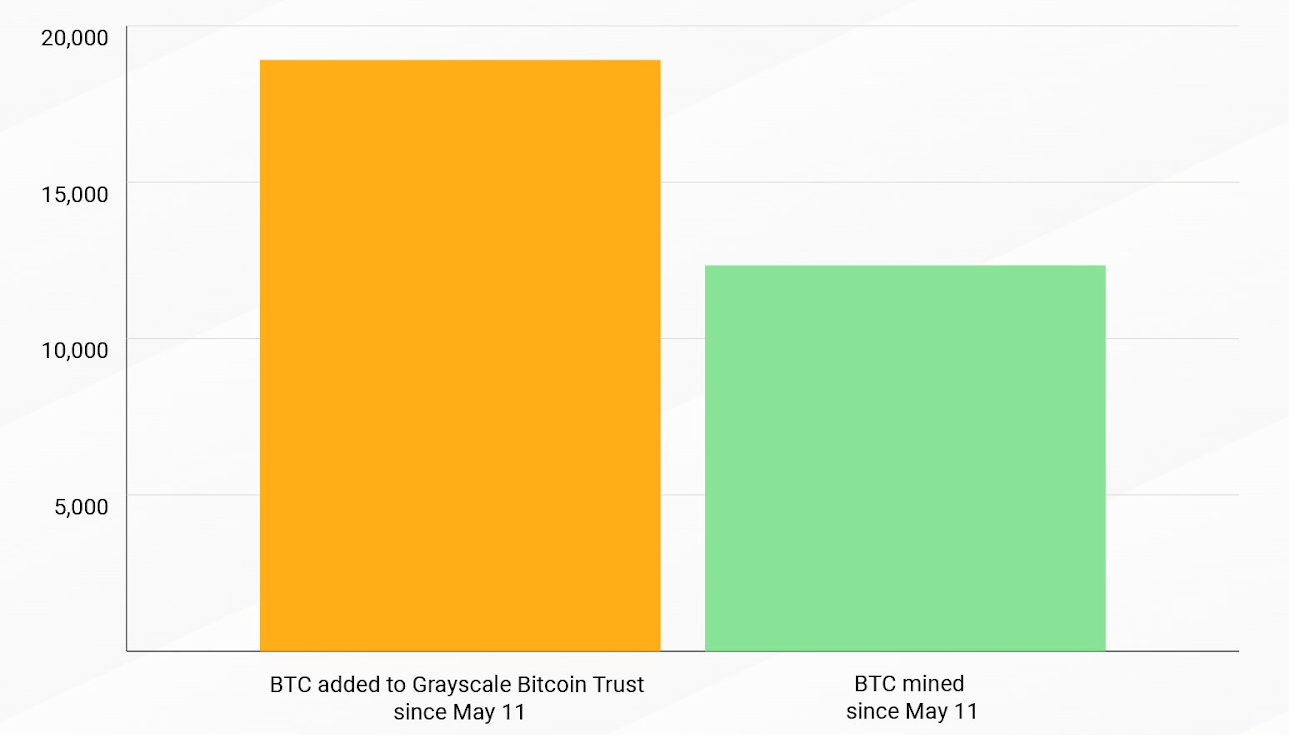About two years ago, the concept of central bank digital currencies (CBDCs), particularly in the United States, seemed far away in the future. Sure, there have been several studies exploring the implementation and use cases of CBDCs, but to the average person, the concept was still unclear. Fast forward two years, the Senate Banking Committee tabled a bill known as “Banking For all Act” that seeks to digitize the U.S.U.S. dollar.
Led by Senator Sherrod Brown, the bill came at the height of a global pandemic – the Coronavirus outbreak – which has prompted the U.S.U.S. government to offer taxpayers a stimulus check to help them weather the economic recession caused by the epidemic. In a press release, Senator Brown laid out the details of this bill by saying that if implemented, the legislation would allow Americans to access their stimulus funds without relying on expensive check cashers. Unfortunately, the proposed legislation didn’t make the final draft of the Coronavirus Aid, Relief, and Economic Security (CARES) Act. As a result, the distribution of the first $1200 stimulus check was riddled with issuance glitches since the existing infrastructure doesn’t support the nationwide disbursement of funds. In fact, it is reported that more than 35 million Americans are yet to receive their first stimulus check.
The digital dollar debate Gets a second chance.
Under the current system, Americans have to wait for direct cash deposits or physical checks from the U.S. Treasury Department. As such, those without a bank account filed with the Internet Revenue Service (IRS) cannot receive the stimulus check. At the same time, with respect to the spread of Coronavirus, physical cash/checks can increase the spread of the disease, countering the government’s efforts of flattening the curve. This created a new momentum for the reintroduction of the digital dollar proposal as an efficient way of distributing funds.
Building on this momentum, congresswomen Rashida Tlaib (D-Mich.) and Pramila Jayapal (D-Wash.) introduced a proposal to have the federal government issue a $2,000 stimulus check through the Automatic BOOST to Communities Act (ABC Act). Under this act, Congress will authorize the Federal Reserve to create ‘FedsAccounts,’ which are, basically, digital dollar account wallets. This way, U.S. residents and businesses will be able to access funds through an app on their phone.
Following up on ABC Act, the Senate Banking Committee recently held a virtual meeting to discuss the digitization of the dollar, chaired by Senator Mike Crapo. In attendance were four ‘witnesses,’ among them being the former chairman of the U.S. Commodity Futures Trading Commission (CFTC), Christopher Giancarlo. He is also the brainchild of a non-profit think tank known as the Digital Dollar Foundation (DDF), which seeks to advance the cause of government-issued digital currency. Recently, the foundation partnered with Accenture – a global leader in CBDC advancement – to form the Digital Dollar Project. Under this merger, a whitepaper was released explaining a “Champion Model” for what should be the essential technical designs of a digital dollar.
The Champion Model
As outlined in the whitepaper, the digital dollar doesn’t seek to replace its fiat counterpart, but rather act as a third form of the national currency. As such, the Federal Reserve will maintain its control over the monetary policy and distribution of the digital dollar.
The only difference between the proposed digital dollar and the fiat currency is that the former will be distributed in the form of tokens instead of an account-based model used by the latter. Through tokenization, all transactions will be managed by a digital ledger that records and authenticates digital dollar tokens to ensure that they are genuine and not double spent.
To kick-start, the distribution of the digital dollar, commercial banks, and payment processors will exchange their fiat currency reserves for digital dollars, and subsequently distribute them to customers via apps or debit cards.
Pros and cons of a digital dollar
The main advantage of a federal issued digital dollar is that it will enhance financial inclusion. This is especially important with the ongoing issuance of stimulus checks whereby the unbanked population missed out on the first disbursement due to a lack of access to financial services. Even for the banked population, the current payment processors are inherently slow and costly to send money. However, the blockchain architecture supporting the digital dollar can facilitate efficient transactions at a more affordable rate than the existing infrastructure.
Besides the advantages, there are various concerns about the use of tokenized dollars. Most of these concerns are centered around the privacy and centralization of users’ data. The CBDC will be issued by the Federal Reserve, meaning that the government will gain absolute control of users’ financial data. Also, with the government’s reputation for running mass surveillance programs, the incoming digital dollar may be a new system of monitoring the masses.
Beyond payments
The digital dollar proposal is yet to get a green light from Congress. But, having sparked the attention of legislators, it conveys an overwhelming sense of urgency that the government should work on a CBDC sooner than later. Moreover, the Digital Dollar Project whitepaper emphasizes the need for digitizing the dollar by laying out that other national governments have already started pilot programs for their native CBDC.
China, in particular, is testing its native digital currency, which will be included in payment systems of various multinational companies such as Starbucks and McDonald. Of particular concern is China’s potential to push its digital Yuan in emerging markets and international trade. If successful, the digital Yuan has the potential to unseat the U.S. dollar as the ideal reserve currency.
Facebook’s plan to launch its digital currency – Libra – has also had a hand in spiking the government’s interest in designing a digital dollar. Even more recently, the Libra association modified its whitepaper to include a series of fiat-pegged stablecoins rather than just one multi-currency backed token as initially planned.
Conclusion
It remains unclear how soon the digital dollar will come into existence. However, given the economic pressure from the Coronavirus outbreak as well as competition from China’s digital Yuan, the digital dollar debate will continue to linger in the minds of policymakers for long. Ultimately, it is great to see legislative attention on digitizing the dollar using blockchain technology, as this promotes the acceptance of cryptocurrencies.








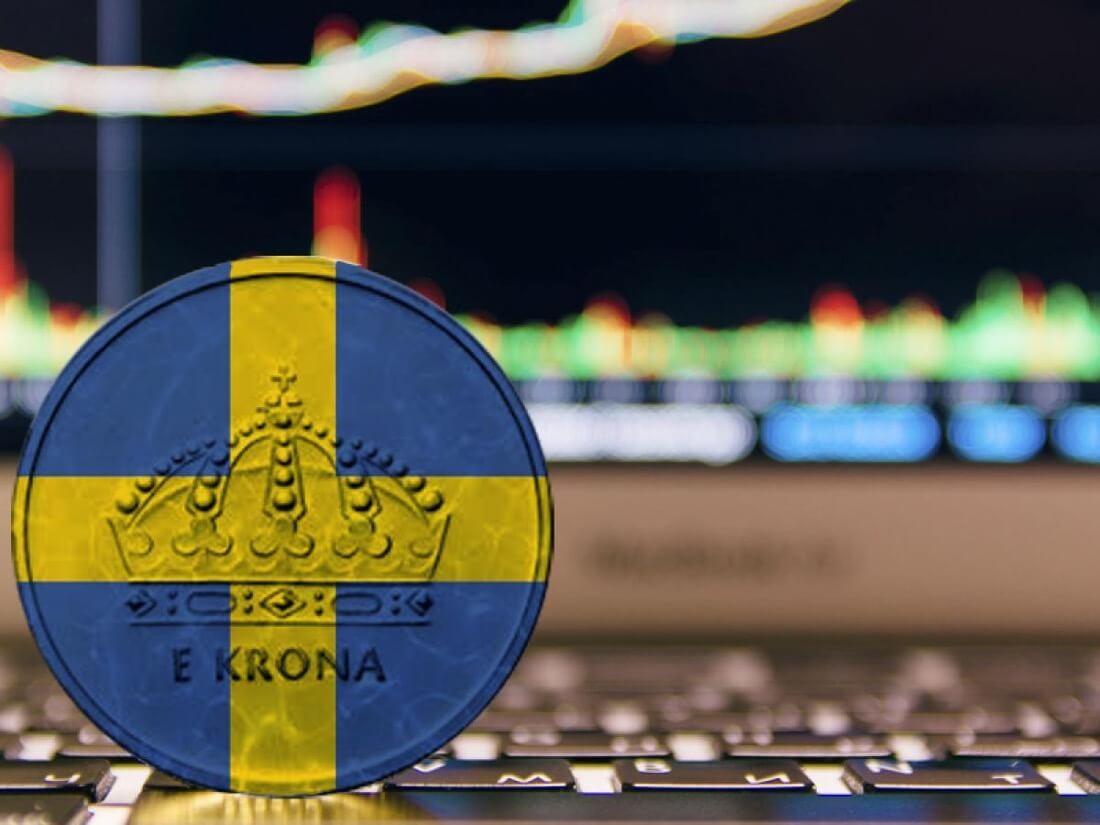


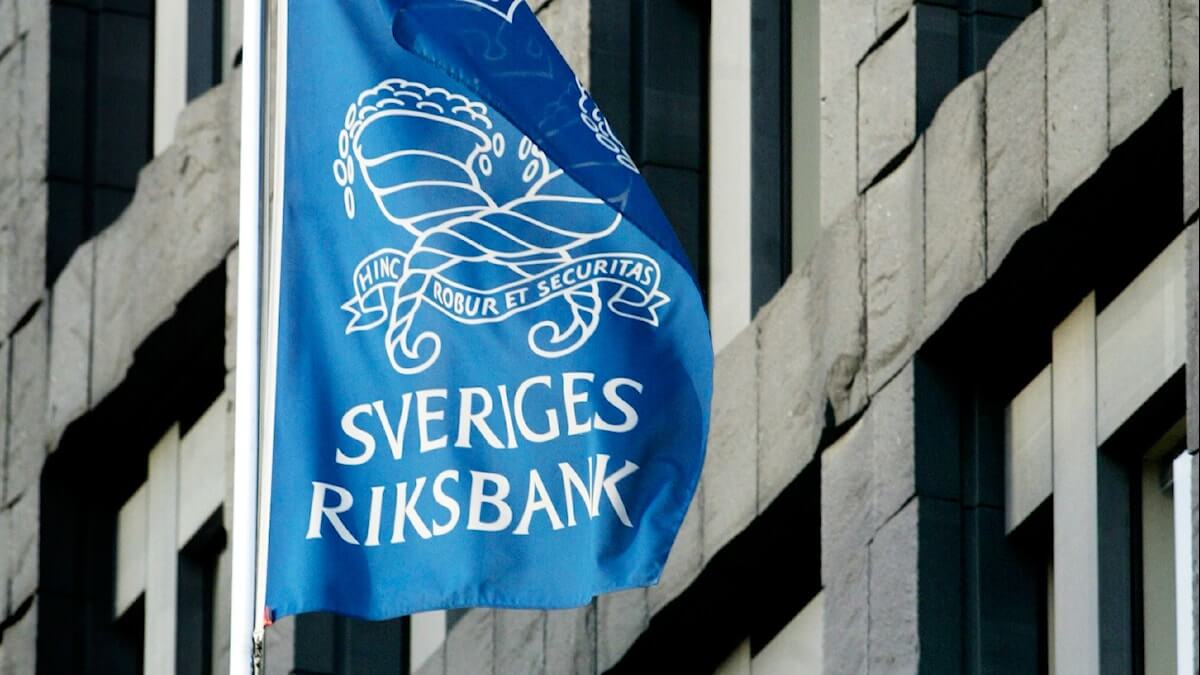

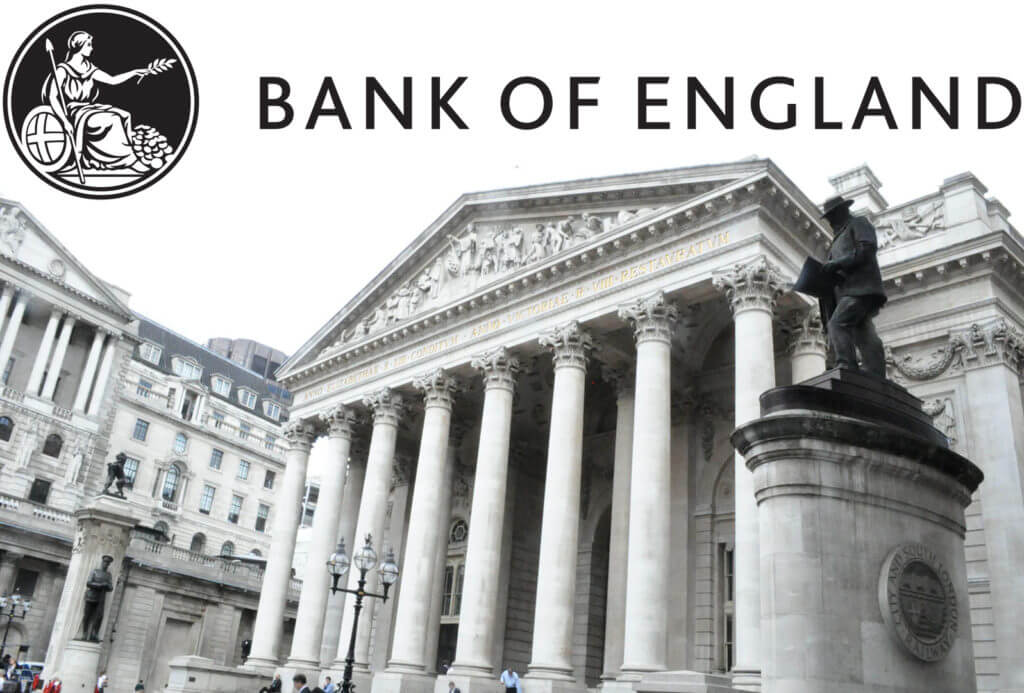
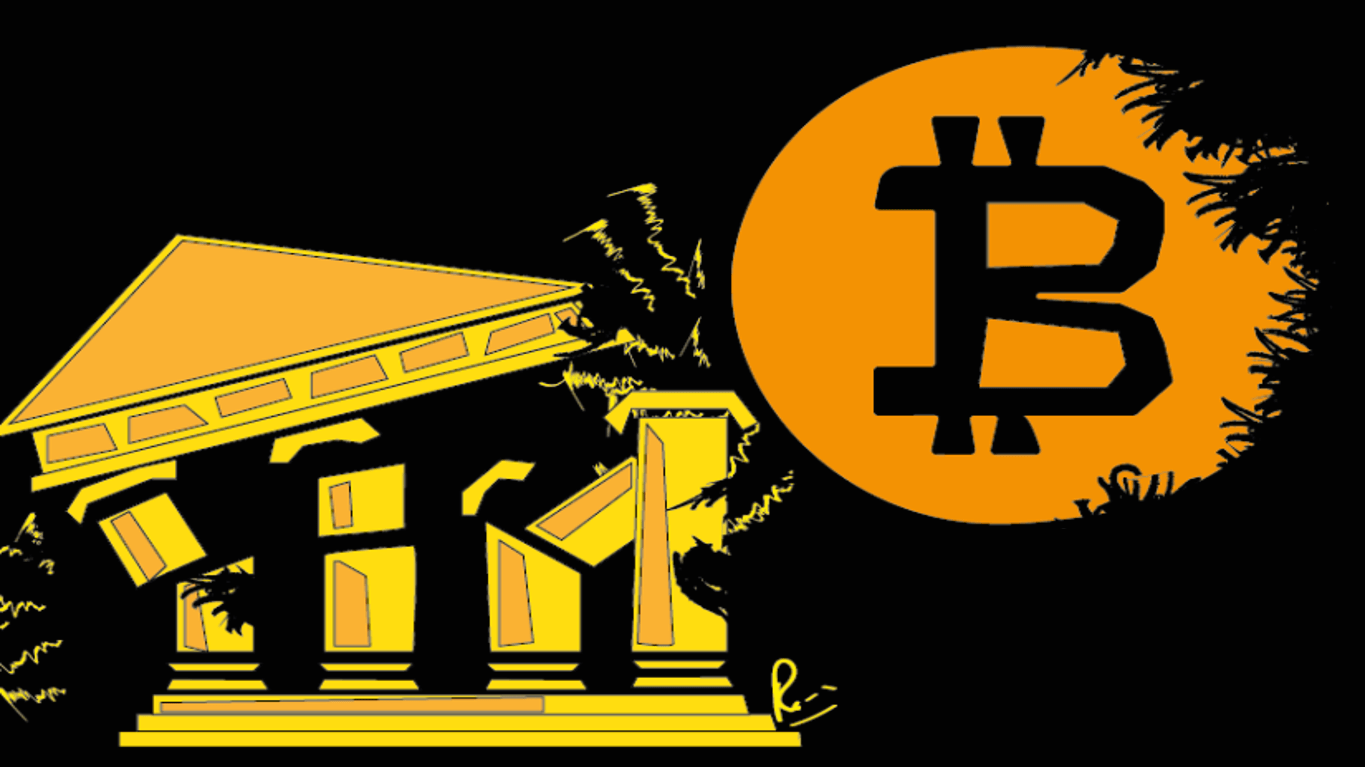
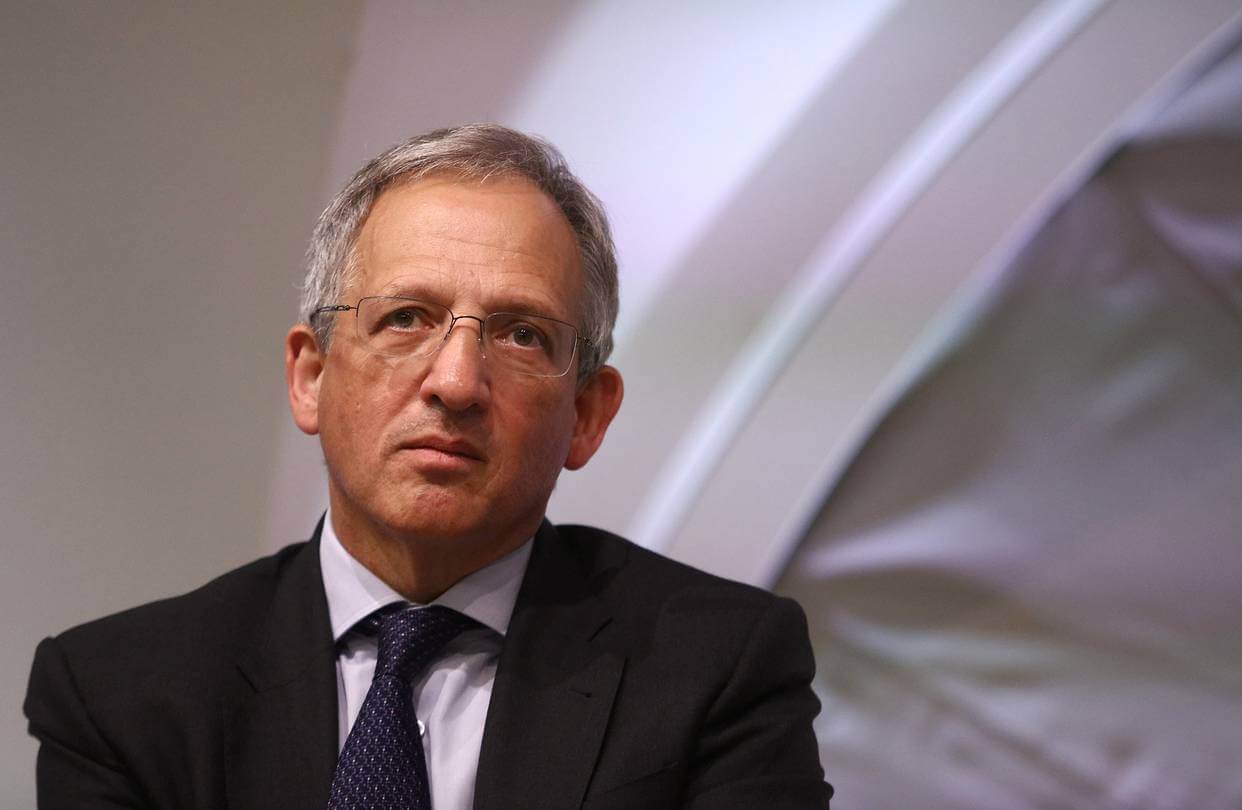
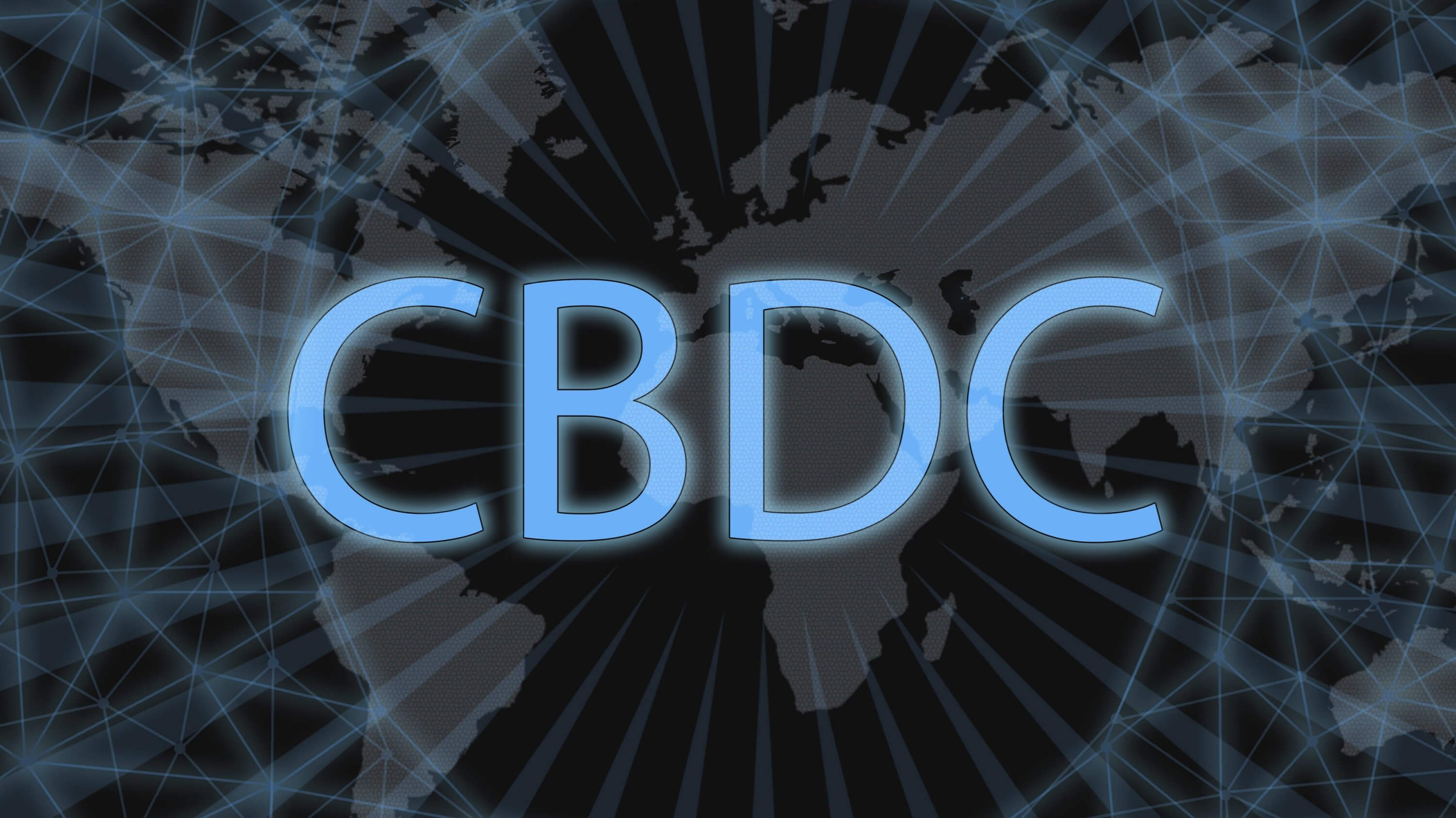

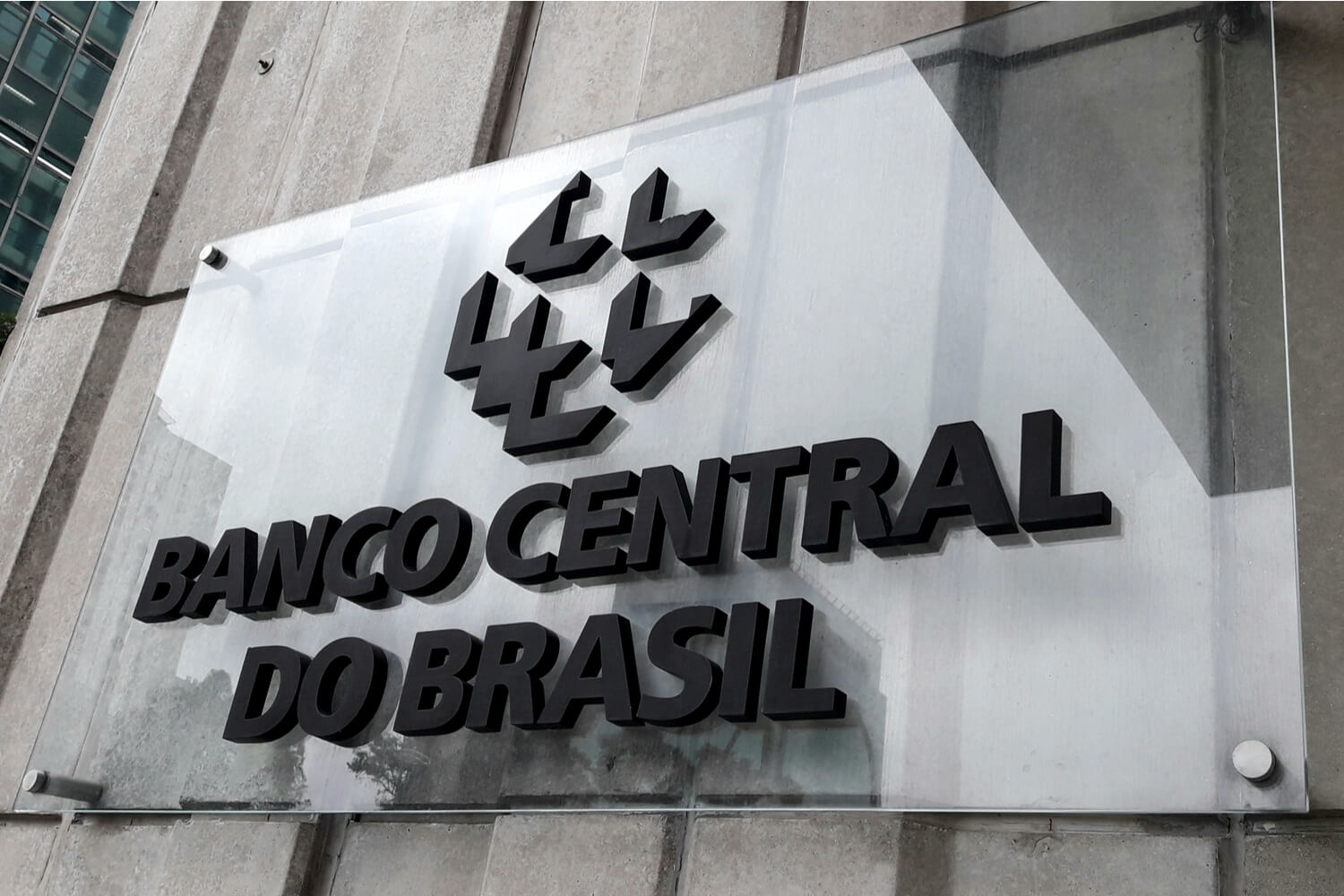
 Previous reports showed that Brazil spends around 90 billion reals or $16 billion annually to ensure a functional supply of cash in circulation. This amount of money represents between 1% and 2% of Brazil’s GDP.
Previous reports showed that Brazil spends around 90 billion reals or $16 billion annually to ensure a functional supply of cash in circulation. This amount of money represents between 1% and 2% of Brazil’s GDP.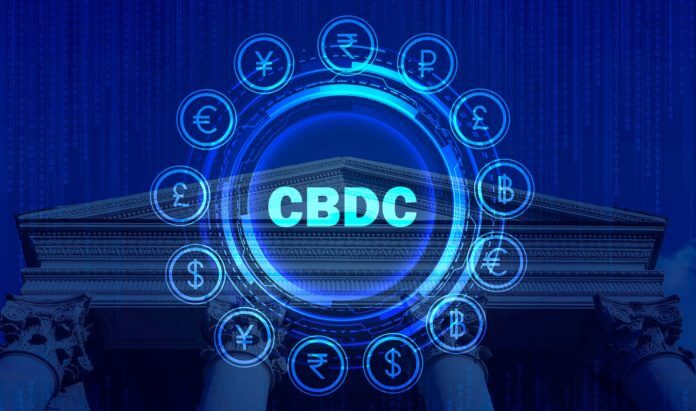 Information Technology Department of the Brazilian central bank’s official Rafael Sarres de Almeida made a public statement, saying:
Information Technology Department of the Brazilian central bank’s official Rafael Sarres de Almeida made a public statement, saying: